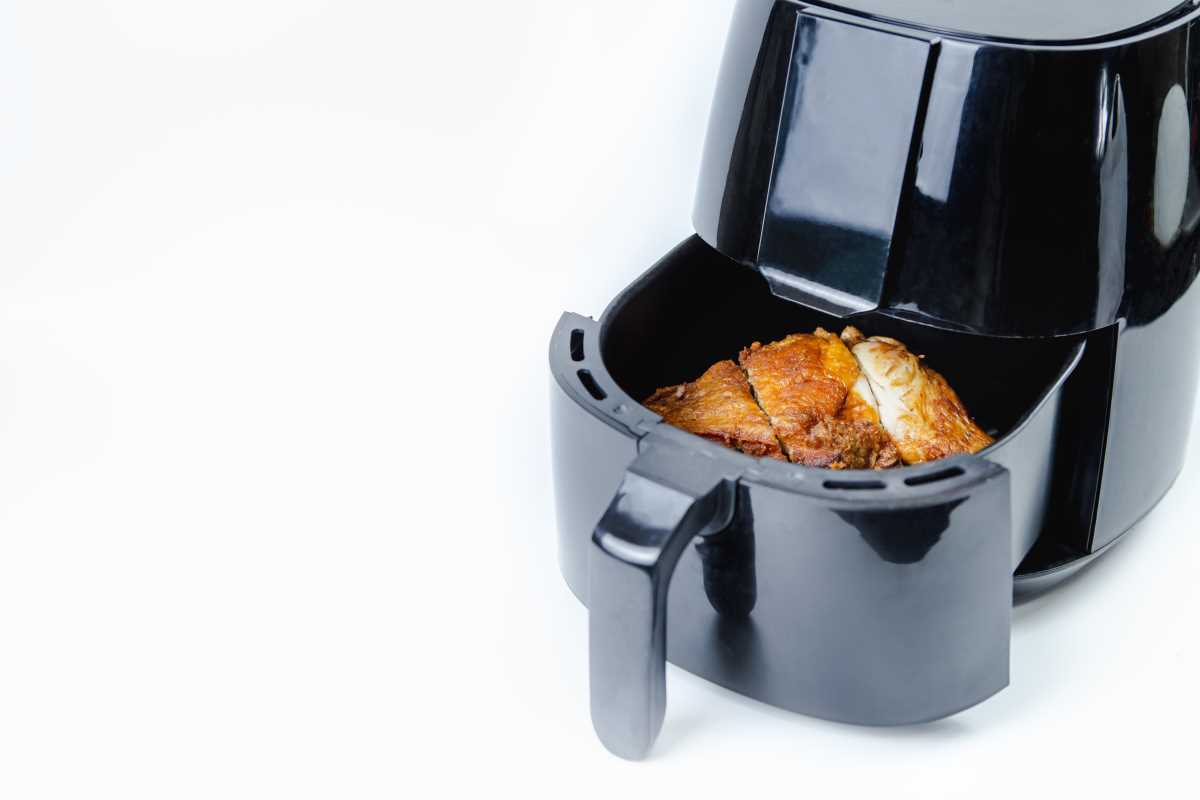Ramen can be both a meal and a work of art. Complex broth, springy noodles, and mouthwatering toppings combine to create a comforting and spectacularly flavorful dish. At first glance, making ramen at home can seem like an impossible task. But with patience, the right techniques, and carefully chosen ingredients, you can craft a bowl of ramen that not only rivals your favorite restaurant’s but also lets you personalize every aspect. Today, we’ll focus on a classic yet delicious shoyu (soy sauce-based) ramen. From the authentic broth to tender chashu pork, soft ramen eggs, and even homemade noodles, we’ll take you through each step to elevate your ramen game from good to extraordinary.
Step 1: Authentic Shoyu Broth
The broth is the soul of ramen. And while it takes time to develop its deep, rich flavor, the process is straightforward. Traditional shoyu broth combines chicken and pork bones, dashi (a Japanese soup stock), and a soy sauce-based seasoning called tare. This combination ensures a luscious, well-rounded base that perfectly complements the noodles and toppings.
What You’ll Need for the Broth:
- 6 liters water
- 2 lbs pork leg or neck bones
- 1 lb chicken carcass or wings
- 5 cloves garlic, unpeeled
- 1 medium onion, halved
- 1 knob (about 2 inches) ginger, sliced
- 1 piece kombu (dried seaweed)
- 1 cup bonito flakes (katsuobushi)
- 1/2 cup soy sauce
- 1/4 cup mirin
- 1/4 cup sake
- 1 tablespoon sugar
How to Make It:
- Briefly boil the pork and chicken bones in a separate pot for 5 minutes to remove impurities. Drain and rinse them.
- Combine the water, rinsed bones, garlic, onion, and ginger in a large stockpot. Bring to a boil, then reduce to a gentle simmer. Skim off any foam or scum that rises to the top. Simmer uncovered for at least 5–6 hours to extract all the flavors.
- After 5 hours, add the kombu and bonito flakes. Simmer for an additional 30 minutes, then strain the broth to remove all solids.
- Combine soy sauce, mirin, sake, and sugar in a small saucepan. Heat gently until the sugar dissolves, then set aside.
- Add a few tablespoons of tare to each bowl before pouring in the hot broth. Adjust the seasoning to taste.
Simmering the stock for hours may seem daunting, but it’s the secret to a deeply satisfying broth full of umami.
Step 2: Homemade Ramen Noodles
Ramen noodles are chewy and slightly springy, allowing them to hold up beautifully in the broth. While store-bought noodles work fine, nothing beats the pride (and taste) of making your own from scratch. Kansui, an alkaline solution, gives ramen noodles their texture and yellowish color. Baking soda is a great substitute since kansui can be hard to find.
Ingredients for Ramen Noodles:
- 2 cups bread flour or all-purpose flour
- 1/2 teaspoon salt
- 1 teaspoon baked baking soda (bake regular baking soda at 250°F for 1 hour)
- 2/3 cup warm water
How to Make It:
- Mix the flour, salt, and baked baking soda. Gradually add water, mixing until a stiff dough forms. Knead the dough for 10–15 minutes until smooth. Wrap it tightly in plastic wrap and rest it for 1 hour.
- Roll the dough out thinly using a pasta machine or rolling pin, about 1/16 inch thick. Cut into thin strips for noodles and dust with flour to avoid sticking.
- Boil the noodles in unsalted water for 2–3 minutes until they’re cooked but still firm. Drain and rinse lightly to stop the cooking process.
- Fresh or dried ramen noodles from an Asian grocery store are an easy alternative if time is tight.
Don’t rinse the noodles completely. Keeping a bit of their natural starch allows the broth to coat them better.
Step 3: Tender Chashu Pork
Chashu is the melt-in-your-mouth braised pork topping that takes ramen to the next level. Traditionally, pork belly is rolled and tied before being simmered in a rich marinade.
Ingredients for Chashu:
- 1 lb pork belly
- 1/2 cup soy sauce
- 1/2 cup mirin
- 1/4 cup sake
- 3 tablespoons sugar
- 3 cloves garlic, smashed
- 1 knob ginger, sliced
- 2 green onions
How to Make It:
- Roll the pork belly tightly, skin-side out, and secure it with butcher’s twine.
- Sear the rolled pork in a hot pan until golden brown on all sides.
- Combine soy sauce, mirin, sake, sugar, garlic, ginger, and green onions in a pot. Add the seared pork and enough water to cover. Simmer on low heat for 2–3 hours until tender.
- Once cooled, chill the pork to firm it up. Slice into thin rounds just before adding to the ramen.
Save the braising liquid because it makes a great tare base for future bowls!
Step 4: Ramen Eggs (Ajitsuke Tamago)
Ramen eggs are soft-boiled and marinated to deliver a creamy, umami-packed bite. The key is to cook them gently and give them enough time to soak up flavor.
Ingredients for Ramen Eggs:
- 4 large eggs
- 1/4 cup soy sauce
- 1/4 cup mirin
- 1/4 cup sake
- 1 teaspoon sugar
How to Make It:
- Bring water to a boil, then add cold eggs and boil for exactly 7 minutes for a jammy yolk. Immediately transfer them to an ice bath for at least 15 minutes.
- Gently crack the shells and peel the eggs under running water to avoid tearing.
- Combine soy sauce, mirin, sake, and sugar in a pot. Simmer briefly to dissolve the sugar, then cool. Place the eggs and marinade in a zip-top bag, removing excess air to submerge the eggs fully. Chill for 8 hours or overnight.
- Cut the eggs in half lengthwise and place on top of the ramen just before serving.
These eggs are great for snacking, so be sure to make an extra batch!
Bringing It All Together
With all the components ready, it’s time to build your perfect ramen bowl.
- Add tare to the bottom of each bowl and a hearty serving of hot broth.
- Place cooked noodles in the center.
- Arrange slices of chashu, half a ramen egg, green onions, nori, and any additional toppings like bamboo shoots or bean sprouts.
- A drizzle of chili oil or sesame oil adds an extra dimension of flavor.
- Dig in and Slurp!
Whether you keep it classic or make it your own, you’ll find that mastering ramen is as satisfying as eating it. Once you try it, you’ll never look at instant noodles the same way again.
 (Image via
(Image via





